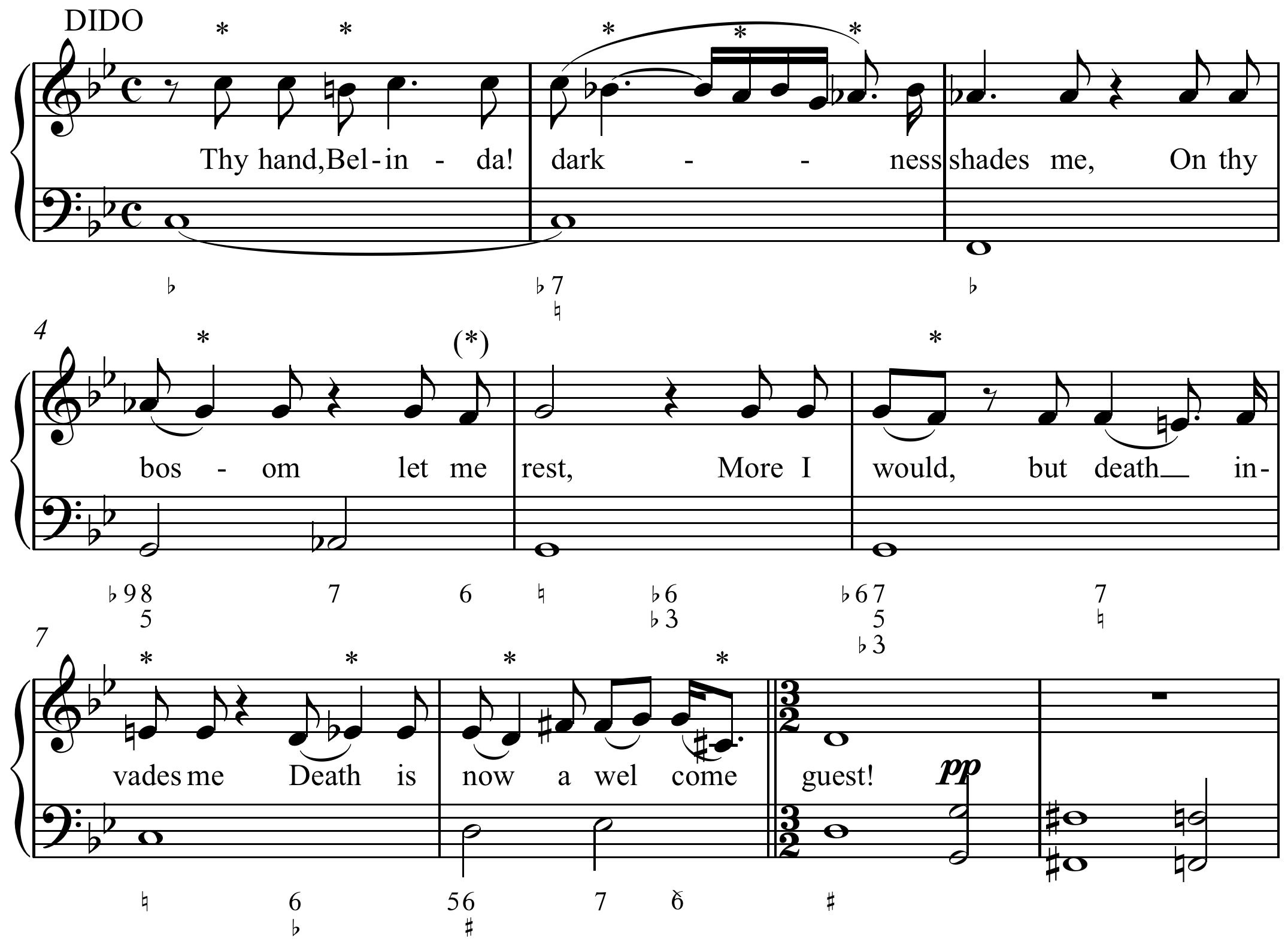|
Kyam
The ''mi gyaung'' ( ) or ''kyam'' (, ; pronounced "chyam") is a crocodile-shaped fretted, plucked zither with three strings that is used as a traditional instrument in Burma. It is associated with the Mon people. Both Burmese and Mon names also mean 'crocodile.' Tube zither of Myanmar, carved of wood in the shape of a crocodile with extended head and tail. It has three metal strings which pass over eight to ten raised movable frets on the flat top of the instrument and fasten to tuning pegs near the tail. This zither is related to similar instruments distributed widely in Southeast Asia. While the crocodile shape is not always found elsewhere, the reptilian name remains in variants such as the Thai ''čhakchē'' (‘alligator’, wooden tube zither) and the Indonesian and Philippine ''kacapi'' (box zither). In southern Myanmar the ''mí-gyaùng'' is associated with the Mon (who know it as ''kyam''), an ethnic people linguistically related to the Mon-Khmer of Thailand and Cambodi ... [...More Info...] [...Related Items...] OR: [Wikipedia] [Google] [Baidu] |
Mon People
The Mon (; Thai Mon: ဂကူမည်; , ; , ) are an ethnic group who inhabit Lower Myanmar's Mon State, Kayin State, Kayah State, Tanintharyi Region, Bago Region, the Irrawaddy Delta, and several areas in Thailand (mostly in Pathum Thani province, Phra Pradaeng and Nong Ya Plong). The native language is Mon, which belongs to the Monic branch of the Austroasiatic language family and shares a common origin with the Nyah Kur language, which is spoken by the people of the same name that live in Northeastern Thailand. A number of languages in Mainland Southeast Asia are influenced by the Mon language, which is also in turn influenced by those languages. The Mon were one of the earliest to reside in Southeast Asia, and were responsible for the spread of Theravada Buddhism in Mainland Southeast Asia. The civilizations founded by the Mon were some of the earliest in Thailand as well as Myanmar and Laos. The Mon are regarded as a large exporter of Southeast Asian cultur ... [...More Info...] [...Related Items...] OR: [Wikipedia] [Google] [Baidu] |
Jakhe
The ''chakhe'' (, , also spelled ''jakhe'' or ''ja-khe''; , ), or ''krapeu'' (; also called ''takhe'' , ''takhe'', ''takkhe'' or ''charakhe''), is a fretted floor zither or lute with three strings used in Thai and Khmer music. The Thai and the Khmer versions of the instrument are virtually identical. It is made of hardwood in a stylized crocodile shape, approximately 20 cm high and 130–132 cm long. The "head" portion is 52 cm long, 28 cm wide and 9–12 cm deep; the "tail" portion 81 cm long and 11.5 cm wide. It has eleven ''(chakhe)'' or twelve ''(krapeu)'' raised frets made of bamboo, ivory, bone, or wood, graduated between 2 and 3.5 cm in height, which are affixed to the fretboard with wax or glue. Its highest two strings are made of silk yarn, catgut, or nylon, while the lowest is made of metal. They are tuned C–G–c. The instrument is usually supported by three or five legs. The player, sitting beside the instrument, uses their ... [...More Info...] [...Related Items...] OR: [Wikipedia] [Google] [Baidu] |
String Instrument
In musical instrument classification, string instruments, or chordophones, are musical instruments that produce sound from vibrating strings when a performer strums, plucks, strikes or sounds the strings in varying manners. Musicians play some string instruments, like Guitar, guitars, by plucking the String (music), strings with their fingers or a plectrum, plectrum (pick), and others by hitting the strings with a light wooden hammer or by rubbing the strings with a bow (music), bow, like Violin, violins. In some keyboard (music), keyboard instruments, such as the harpsichord, the musician presses a key that plucks the string. Other musical instruments generate sound by striking the string. With bowed instruments, the player pulls a rosined horsehair bow across the strings, causing them to vibrate. With a hurdy-gurdy, the musician cranks a wheel whose rosined edge touches the strings. Bowed instruments include the string section instruments of the orchestra in Western classic ... [...More Info...] [...Related Items...] OR: [Wikipedia] [Google] [Baidu] |
Nylon
Nylon is a family of synthetic polymers characterised by amide linkages, typically connecting aliphatic or Polyamide#Classification, semi-aromatic groups. Nylons are generally brownish in color and can possess a soft texture, with some varieties exhibiting a silk-like appearance. As Thermoplastic, thermoplastics, nylons can be melt-processed into fibres, Thin film, films, and diverse shapes. The properties of nylons are often modified by blending with a variety of additives. Numerous types of nylon are available. One family, designated nylon-XY, is derived from diamines and dicarboxylic acids of carbon chain lengths X and Y, respectively. An important example is nylon-6,6 (). Another family, designated nylon-Z, is derived from amino acid, aminocarboxylic acids with carbon chain length Z. An example is nylon-[6]. Nylon polymers have extensive commercial applications, including uses in textiles and fibres (such as apparel, flooring and rubber reinforcement), molded components fo ... [...More Info...] [...Related Items...] OR: [Wikipedia] [Google] [Baidu] |
Burmese Musical Instruments
Burmese may refer to: * Something of, from, or related to Myanmar, a country in Southeast Asia * Burmese people * Burmese language * Burmese alphabet * Burmese cuisine * Burmese culture Animals * Burmese cat * Burmese chicken * Burmese (horse), a horse given to Queen Elizabeth II * Burmese pony, a breed of horse * Burmese python See also * * :Burmese people * Bamar people, the majority ethnic group in Myanmar * Burmese English, the dialect of English spoken in Myanmar/Burma * Bernese (other) Bernese is the adjectival form for the canton of Bern or for Bern. Bernese may also refer to: * Bernese German Bernese German (Standard German: ''Berndeutsch'', ) is the dialect of High Alemannic German spoken in the Swiss plateau (Mittella ... {{disambig Language and nationality disambiguation pages ... [...More Info...] [...Related Items...] OR: [Wikipedia] [Google] [Baidu] |
Kacapi
The kacapi is a traditional zither of Sundanese people in Indonesia. This musical instrument is similar to Chinese , Japanese '' koto'', the Mongolian , the Korean , the Vietnamese and the Kazakh jetigen. The kacapi played as the main accompanying instrument in the Tembang Sunda or Mamaos Cianjuran, kacapi suling ( tembang Sunda without vocal accompaniment) genre (called ''kecapi seruling'' in Indonesian), pantun stories recitation or an additional instrument in Gamelan Degung performance. The word ''kacapi'' in Sundanese also refers to santol tree, from which initially the wood is believed to be used for building the zither instrument. Form According to its form or physical appearance, there are two kinds of kacapis: #Kacapi Parahu (=Boat Kacapi) or Kacapi Gelung; and #Kacapi Siter The Kacapi Parahu is a resonance box with an uncovered underside to allow the sound out. The sides of this kind of kacapi are tapered inward from top to bottom, which gives the instrument a ... [...More Info...] [...Related Items...] OR: [Wikipedia] [Google] [Baidu] |
Tremolo
In music, ''tremolo'' (), or ''tremolando'' (), is a trembling effect. There are multiple types of tremolo: a rapid repetition of a note, an alternation between two different notes, or a variation in volume. Tremolos may be either ''measured'', in which the exact rate of repetition or oscillation is specified, or ''unmeasured'', in which it is not (the understanding being in that case that it should be performed as rapidly as possible). Types of tremolo Rapid reiteration or oscillation The rapid reiteration of a single Musical note, note is a characteristic effect of String instrument#Bowing, bowed string instruments, obtained by rapidly moving the bow back and forth. However, the technique may be performed on any instrument on which it is practicable. (Indeed, a slow measured tremolo is simply a shorthand notation for an ordinary repetition of notes; thus, tremolo notation may appear in written music for any instrument.) The notation for this effect consists of one or mo ... [...More Info...] [...Related Items...] OR: [Wikipedia] [Google] [Baidu] |
Hardwood
Hardwood is wood from Flowering plant, angiosperm trees. These are usually found in broad-leaved temperate and tropical forests. In temperate and boreal ecosystem, boreal latitudes they are mostly deciduous, but in tropics and subtropics mostly evergreen. Hardwood (which comes from angiosperm trees) contrasts with softwood (which is from gymnosperm trees). Characteristics Hardwoods are produced by Flowering plant, angiosperm trees that reproduce by flowers, and have broad leaves. Many species are deciduous. Those of temperate regions lose their leaves every autumn as temperatures fall and are dormant in the winter, but those of tropical regions may shed their leaves in response to seasonal or sporadic periods of drought. Hardwood from deciduous species, such as oak, normally shows annual dendrochronology, growth rings, but these may be absent in some tropical timber, tropical hardwoods. Hardwoods have a more complex structure than softwoods and are often much slower growing ... [...More Info...] [...Related Items...] OR: [Wikipedia] [Google] [Baidu] |
Horn (anatomy)
A horn is a permanent pointed projection on the head of various animals that consists of a covering of keratin and other proteins surrounding a core of live bone. Horns are distinct from antlers, which are not permanent. In mammals, true horns are found mainly among the ruminant artiodactyls, in the families Antilocapridae ( pronghorn) and Bovidae ( cattle, goats, antelope etc.). Cattle horns arise from subcutaneous connective tissue (under the scalp) and later fuse to the underlying frontal bone. One pair of horns is usual; however, two or more pairs occur in a few wild species and in some domesticated breeds of sheep. Polycerate (multi-horned) sheep breeds include the Hebridean, Icelandic, Jacob, Manx Loaghtan, and the Navajo-Churro. Horns usually have a curved or spiral shape, often with ridges or fluting. In many species, only males have horns. Horns start to grow soon after birth and continue to grow throughout the life of the animal (except in pronghorns, whi ... [...More Info...] [...Related Items...] OR: [Wikipedia] [Google] [Baidu] |
Diatonic And Chromatic
Diatonic and chromatic are terms in music theory that are used to characterize Scale (music), scales. The terms are also applied to musical instruments, Interval (music), intervals, Chord (music), chords, Musical note, notes, musical styles, and kinds of harmony. They are very often used as a pair, especially when applied to contrasting features of the Common practice period, common practice music of the period 1600–1900. These terms may mean different things in different contexts. Very often, ''diatonic'' refers to musical elements derived from the modes and transpositions of the "white note scale" C–D–E–F–G–A–B. In some usages it includes all forms of heptatonic scale that are in common use in Western music (the major, and all forms of the minor). ''Chromatic'' most often refers to structures derived from the chromatic scale in 12-tone equal temperament, which consists of all semitones. Historically, however, it had other senses, referring in Ancient Greek mus ... [...More Info...] [...Related Items...] OR: [Wikipedia] [Google] [Baidu] |
Brass
Brass is an alloy of copper and zinc, in proportions which can be varied to achieve different colours and mechanical, electrical, acoustic and chemical properties, but copper typically has the larger proportion, generally copper and zinc. In use since prehistoric times, it is a substitutional alloy: atoms of the two constituents may replace each other within the same crystal structure. Brass is similar to bronze, a copper alloy that contains tin instead of zinc. Both bronze and brass may include small proportions of a range of other Chemical element, elements including arsenic, lead, phosphorus, aluminium, manganese and silicon. Historically, the distinction between the two alloys has been less consistent and clear, and increasingly museums use the more general term "list of copper alloys, copper alloy". Brass has long been a popular material for its bright gold-like appearance and is still used for drawer pulls and door handle, doorknobs. It has also been widely used to ma ... [...More Info...] [...Related Items...] OR: [Wikipedia] [Google] [Baidu] |




